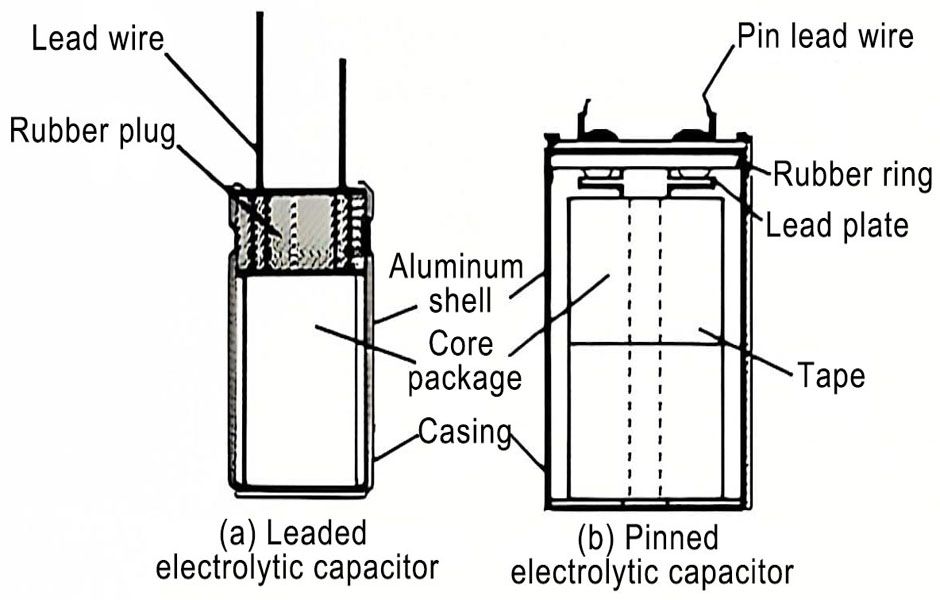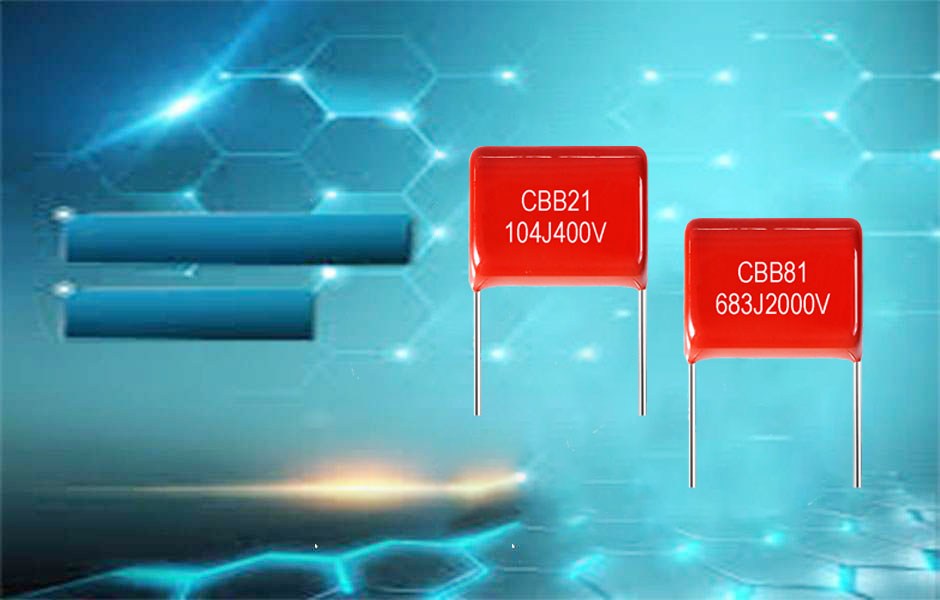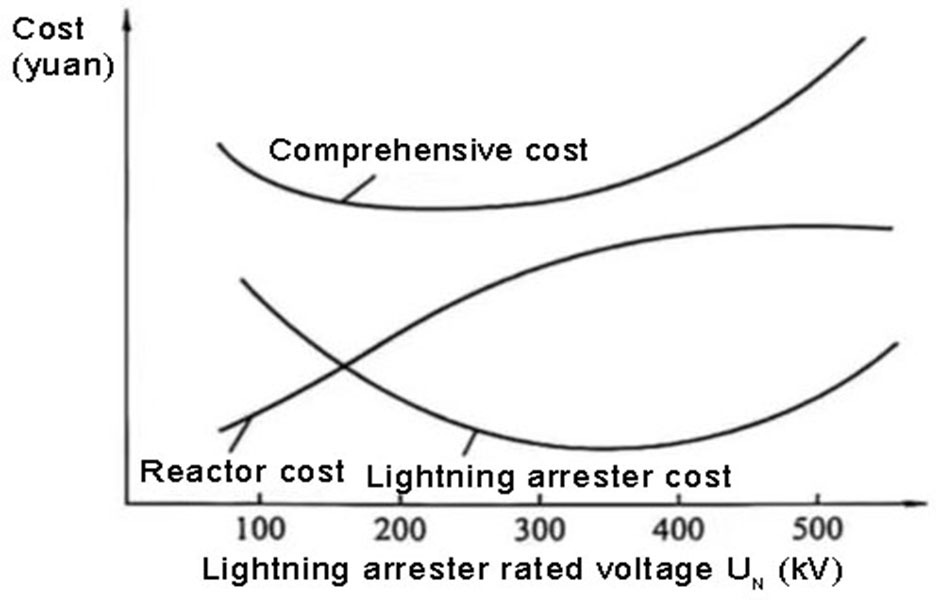1. What is a ceramic capacitor
Ceramic capacitors are a type of electronic component used for storing and releasing electrical energy in electronic circuits. It falls under the category of capacitors, which are passive electrical components that can store charge and release it when needed.
2. Structure and Working Principle of Ceramic Capacitors:
Ceramic capacitors have a simple yet effective design. They consist of a ceramic material, typically barium titanate or a combination of barium titanate and other metal oxides, acting as the dielectric. The dielectric is sandwiched between two metal electrodes. When a voltage is applied across the capacitor, the ceramic material becomes polarized, allowing it to store an electric charge. This stored energy can be released when needed.
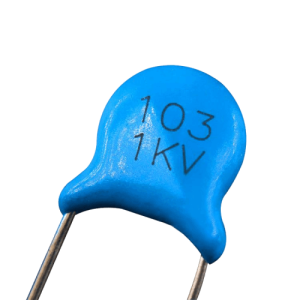
3.Types and applications of ceramic capacitors
Ceramic capacitor can be classified based on various factors, including their materials, construction, capacitance range, and intended applications. The two primary classifications of ceramic capacitors are:
3.1 Class 1 Ceramic Capacitors:
Class 1 ceramic capacitors are characterized by their high stability and accuracy. They offer a low capacitance tolerance, making them suitable for applications where precise and reliable capacitance values are essential. The key features of Class 1 ceramic capacitors include:
High Stability: Class 1 capacitors exhibit minimal variation in capacitance over temperature, voltage, and frequency changes.
Low Tolerance: They have a tight capacitance tolerance, often in the range of ±1% to ±5%.
Low Dissipation Factor (DF): Class 1 capacitors have low losses, resulting in a low dissipation factor.
Ideal for RF and High-Frequency Applications: Their stable characteristics make them suitable for resonant circuits, filters, and applications requiring precise frequency response.

3.2 Class 2 Ceramic Capacitors:
Class 2 ceramic capacitors are known for their higher capacitance values and broader capacitance tolerance range. They are commonly used in applications where precise capacitance is not critical, but high capacitance and cost-effectiveness are essential. The key features of Class 2 ceramic capacitors include:
Higher Capacitance Range: Class 2 capacitors offer a wider range of capacitance values, from a few picofarads to microfarads.
Moderate Tolerance: They have a moderate capacitance tolerance, often in the range of ±10% to ±20%.
Higher Dissipation Factor (DF): Class 2 capacitors may have a higher dissipation factor compared to Class 1, resulting in slightly higher losses.
Suitable for Decoupling and Bypassing: Class 2 capacitors are commonly used for power supply decoupling and noise filtering in electronic circuits.
Apart from the class-based classification, ceramic capacitors can also be categorized based on their construction and design, such as:
3.3 Multilayer Ceramic Capacitor (MLCC):
MLCCs are composed of multiple ceramic layers with metal electrodes sandwiched in between. They are widely used due to their high capacitance density and compact size, making them suitable for miniaturized electronic devices.
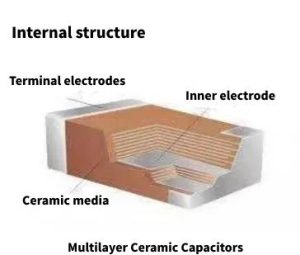
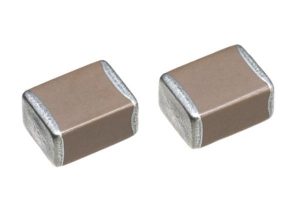
3.4 Surface Mount Technology (SMT) Capacitors:
These are ceramic capacitors designed specifically for surface-mount assembly on printed circuit boards. They offer ease of manufacturing and are commonly used in modern electronic devices.
The classification of ceramic capacitor allows engineers and designers to choose the most suitable type for their specific application needs, balancing factors such as stability, capacitance range, tolerance, and cost.
4. Characteristics of ceramic capacitors
Ceramic capacitors offer several key characteristics and advantages that make them popular in the electronics industry:
High Capacitance Range: Ceramic capacitor come in a wide range of capacitance values, from picofarads to microfarads, catering to diverse circuit requirements.
Small Form Factor: Their compact size and lightweight nature make them ideal for miniaturized electronic devices and PCB designs with limited space.
Low ESR and Inductance: Ceramic capacitor exhibit low equivalent series resistance (ESR) and inductance, making them suitable for high-frequency applications.
Good Temperature Stability: Class 1 ceramic capacitor provide excellent stability over a wide temperature range, ensuring reliable performance in extreme conditions.
Competitive Pricing and Availability: Ceramic capacitors are cost-effective and readily available, making them a preferred choice for many electronic applications.
5. Circuit symbol of ceramic capacitor
The circuit symbol for a ceramic capacitor consists of two parallel lines representing the capacitor plates. As ceramic capacitors are non-polarized components, no polarity indication is necessary.

6. How to code 104 Ceramic capacitor
Ceramic capacitors are often coded with a three-digit number and a letter. The first two digits represent the significant figures, and the third digit is a multiplier. The letter indicates the tolerance of the capacitor.
For example, “104” would represent a ceramic capacitor with a capacitance of 10 + 4 zeros, which is 100,000 pF or 100 nF (nanofarads). The letter codes for tolerance are as follows:
“J” for ±5%
“K” for ±10%
“M” for ±20%
“Z” for +80% to -20%
So, a ceramic capacitor with the code “104Z” would indicate a capacitance of 100,000 pF with a tolerance of +80% to -20%.
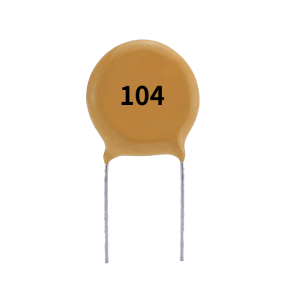
7. What is the difference between ceramic capacitors and other capacitors?
7.1 Ceramic capacitor vs electrolytic capacitor
Ceramic capacitors are best suited for applications requiring smaller capacitance values and high-frequency response. They are commonly used in bypassing and filtering in electronic circuits. On the other hand, electrolytic capacitors excel in applications requiring higher capacitance values and are commonly found in power supply circuits and audio applications. The choice between the two depends on the specific requirements of the circuit and the capacitance and voltage needs of the application.
7.2 Ceramic capacitor vs film capacitor
Ceramic capacitors and film capacitors are two types of capacitors used in electronic circuits. Ceramic capacitors are made of a ceramic material and come in different classes with varying characteristics. They offer high accuracy and stability in Class 1 types but lower accuracy and greater sensitivity to temperature changes in Class 2 types. Film capacitors, on the other hand, use thin plastic films as dielectric material, providing better capacitance tolerance and stability over temperature variations. Film capacitors have lower dielectric absorption and are suitable for applications requiring precise performance. Ceramic capacitor generally have higher voltage ratings and better high-frequency performance, while film capacitors are used in audio and power applications. Choosing between the two depends on the specific requirements of the application.
8. Advantages and disadvantages of ceramic capacitor
8.1 Advantages:
- Small size and compact design.
- High capacitance values available.
- Suitable for high-frequency applications.
- Low parasitic effects.
- Good reliability and cost-effectiveness.
8.2 Disadvantages:
- Limited voltage ratings compared to some other capacitor types.
- Susceptible to microphonic noise due to the piezoelectric effect.
- Capacitance may change with applied voltage (non-linearity).
Summarize
A ceramic capacitor is an electronic component used to store and release electrical energy in circuits. It consists of a ceramic material between two metal electrodes. They come in two main types: Class 1 for precise applications and Class 2 for general purposes. Ceramic capacitors offer advantages like a wide capacitance range, small size, low ESR, and cost-effectiveness. They are commonly used in electronics for diverse applications due to their reliability and performance characteristics.

